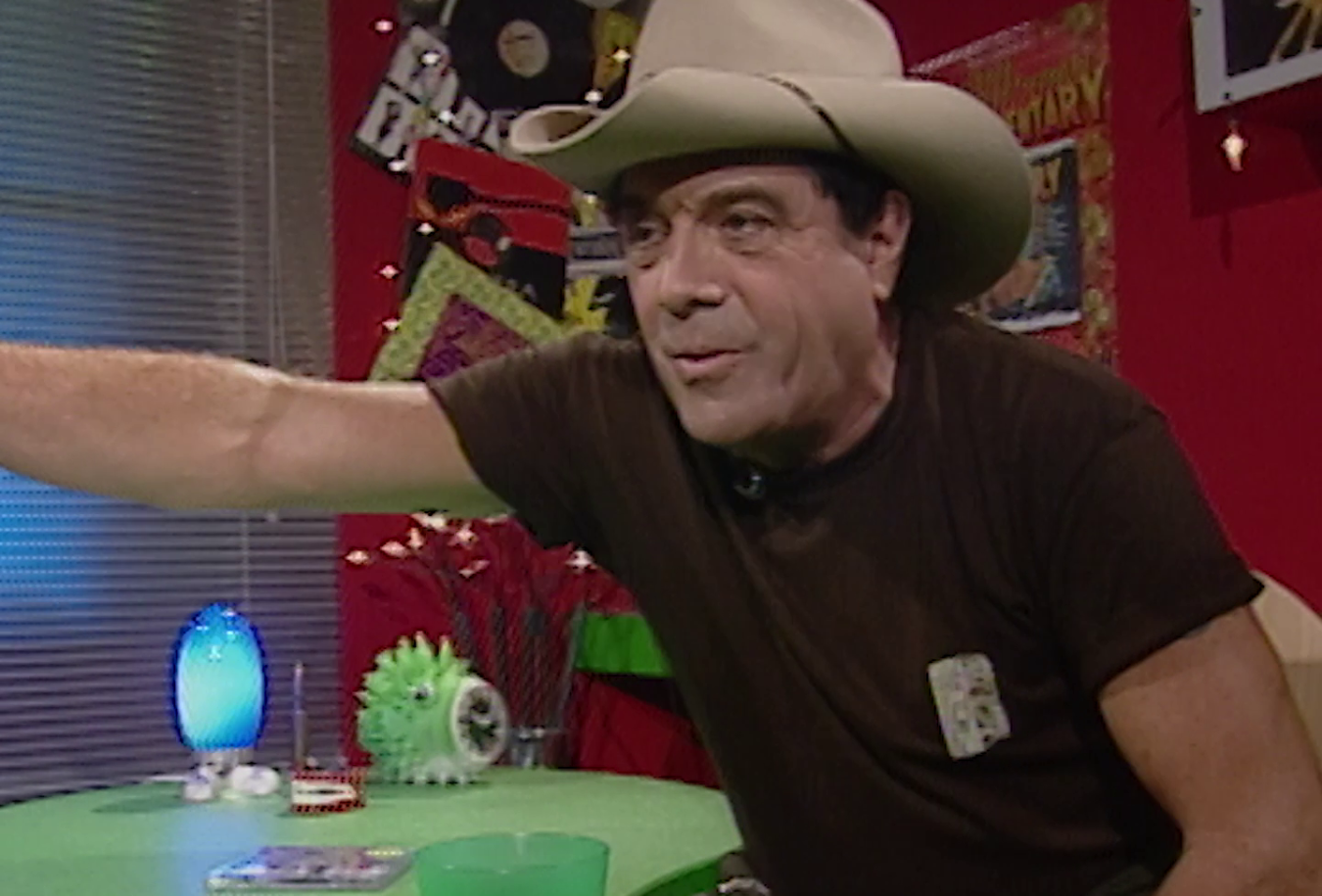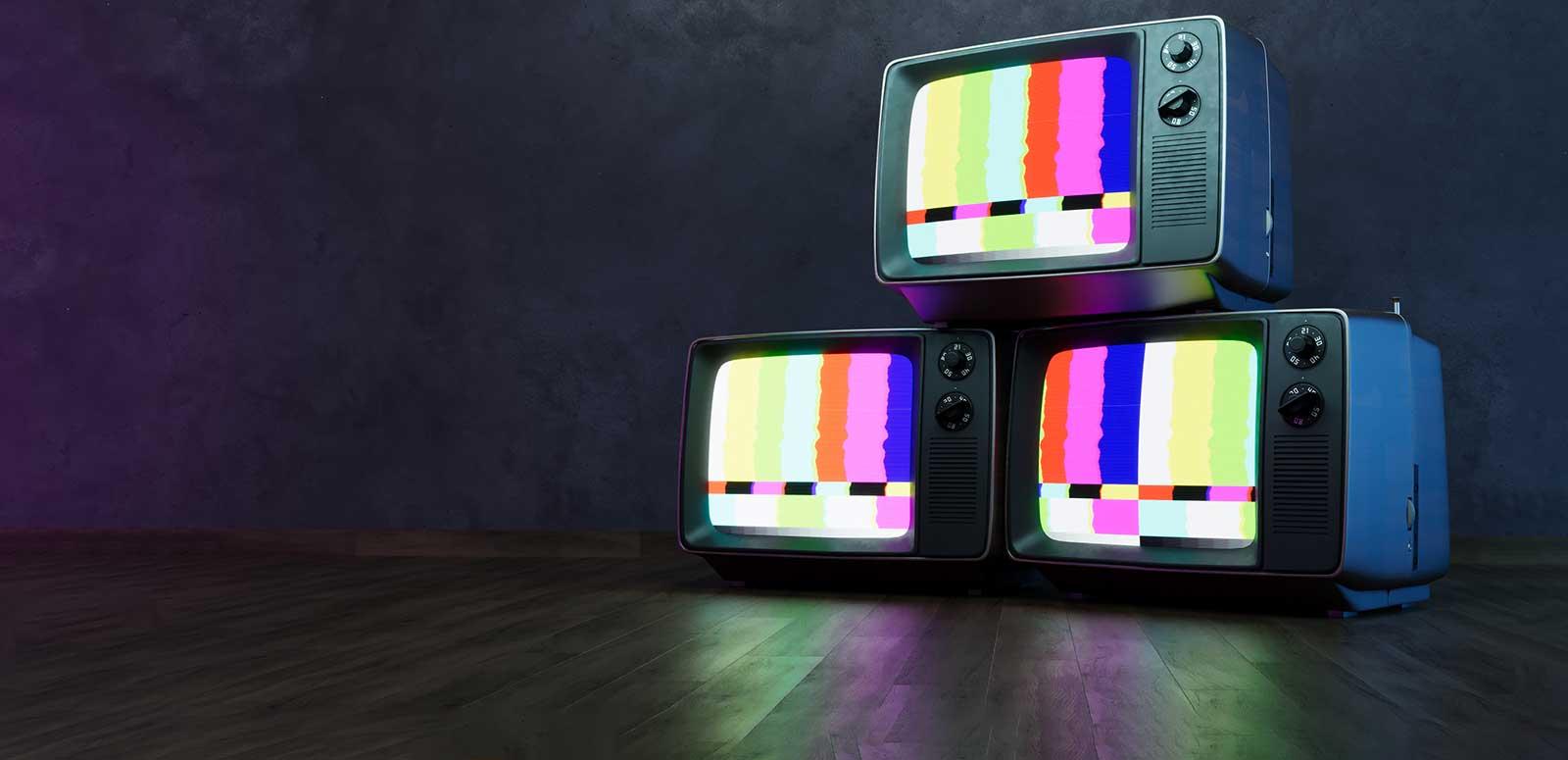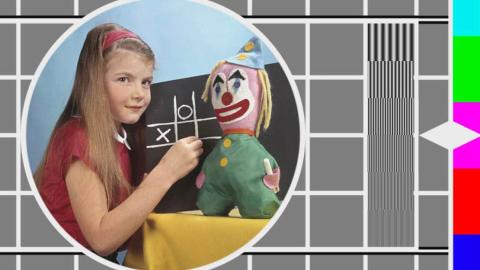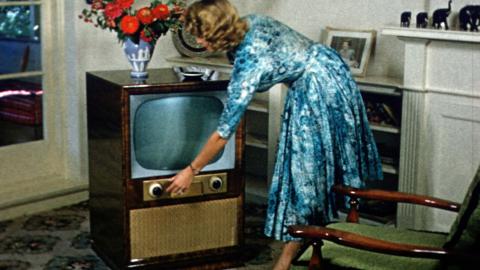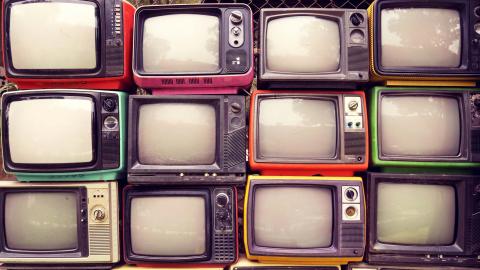A 1970s ad for National colour televisions proudly introduces the ‘Magic Line’ – an on-screen strip that allowed viewers to fine-tune the colour balance.
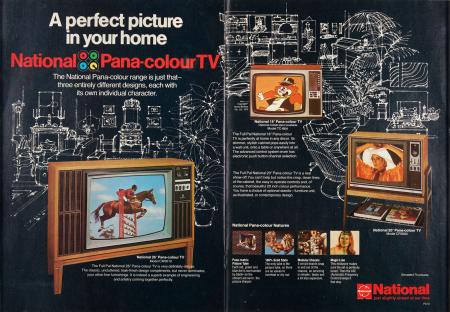
The staff at television stations, both behind and in front of the cameras, must have wished it was that easy for them.
Like all new technologies, colour production brought with it countless challenges and changes, which impacted everyone from camera operators to costume designers.
Even though Australia had several years to prepare for the change, it still upended the industry.
